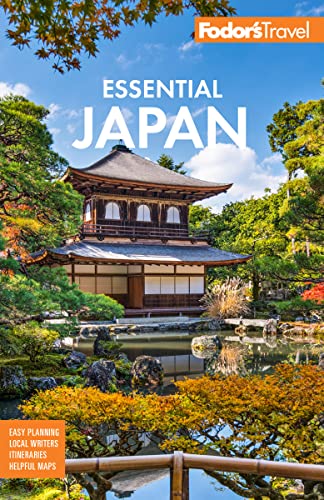Top Things to Do in Japan
Mt. Fuji
Mt. Fuji, the nation's highest peak, rises 12,388 feet. One of Japan's most famous symbols, the symmetrical Fuji-san inspires artists and commoners alike. The volcano sits between Yamanashi and Shizuoka prefectures. During clear weather, it can be viewed from Tokyo and Yokohama. For a closer peek, climb it in summer or see it from the Shinkansen train between Tokyo and Osaka.
Imperial Palace East Gardens
Open to the public, the gardens are all that remain of the former innermost circle of defense for Edo Castle, the residence of the Tokugawa Shogun between 1603 and 1867. The gardens are accessed by three gates: Hirakawa-mon, Ote-mon, and Kitahanebashi-mon. Sculpted, rolling greenery surround stone walls, moats, and guardhouses.
Grand Shrines of Ise
Located in Mie Prefecture, Ise Jingu Shrine is arguably Japan's most revered shrine complex. The complex includes more than 100 small Shinto shrines and two main shrines, Naiku and Geku. Naiku, the Inner Shrine, houses the sun goddess Amaterasu-omikami. The Outer Shrine, Geku, is home to the deity for industry and agriculture, Toyouke-no-omikami.
The Temples of Kyoto
The former capital of Japan, Kyoto, is known for its grand, historic structures. Two of the famous Buddhist temples are the Ginkaku-ji (1474), the "Temple of the Silver Pavilion," which features the Kannon Hall and a rock-and-gravel Japanese garden, and Kinkaku-ji (1393), its golden sister that includes a gold-leaf adorned hall. Each is fronted by a spectacular lake.
Dotombori
Osaka's liveliest entertainment area, Dotombori is a single street running along the Dotombori canal in the city’s Namba district. It is filled with many small bars and restaurants. Be sure to sample the local specialty: takoyaki (battered octopus). Following large sporting events the street is at its most frenzied, with revelers sometimes diving into the canal.
Peace Memorial Park
Hiroshima's Peace Memorial Park, dedicated to those killed following the atomic bomb attack, is the city's most famous tourist attraction. Inside is the Peace Memorial Museum, which provides a history of the bomb. Also in the park is the A-Bomb Dome (the former Prefectural Industrial Promotion Hall), whose curved roof stands partly intact and serves as a symbol of peace.
Koya-san
Deep in the mountains of Wakayama Prefecture, this mountain temple town is the holy site of Shingon Buddhism. Wandering priest Kobo Daishi founded Koya-san in the 9th century and his devotees have been following the esoteric practices of the sect ever since. A visit to the head temple, Kongobu-ji, and a stroll through the more than 100,000 tombs in Okuno-in graveyard put Japan—and life—in context.
Naoshima
This tiny island in the Seto Inland Sea has 0.02% of Tokyo’s population but boasts contemporary art museums rivaling anything Tokyo has to offer. The Tadao Ando–designed Chichu Art Museum in particular, built into a hillside looking over the shimmering inland sea, is world-class.




